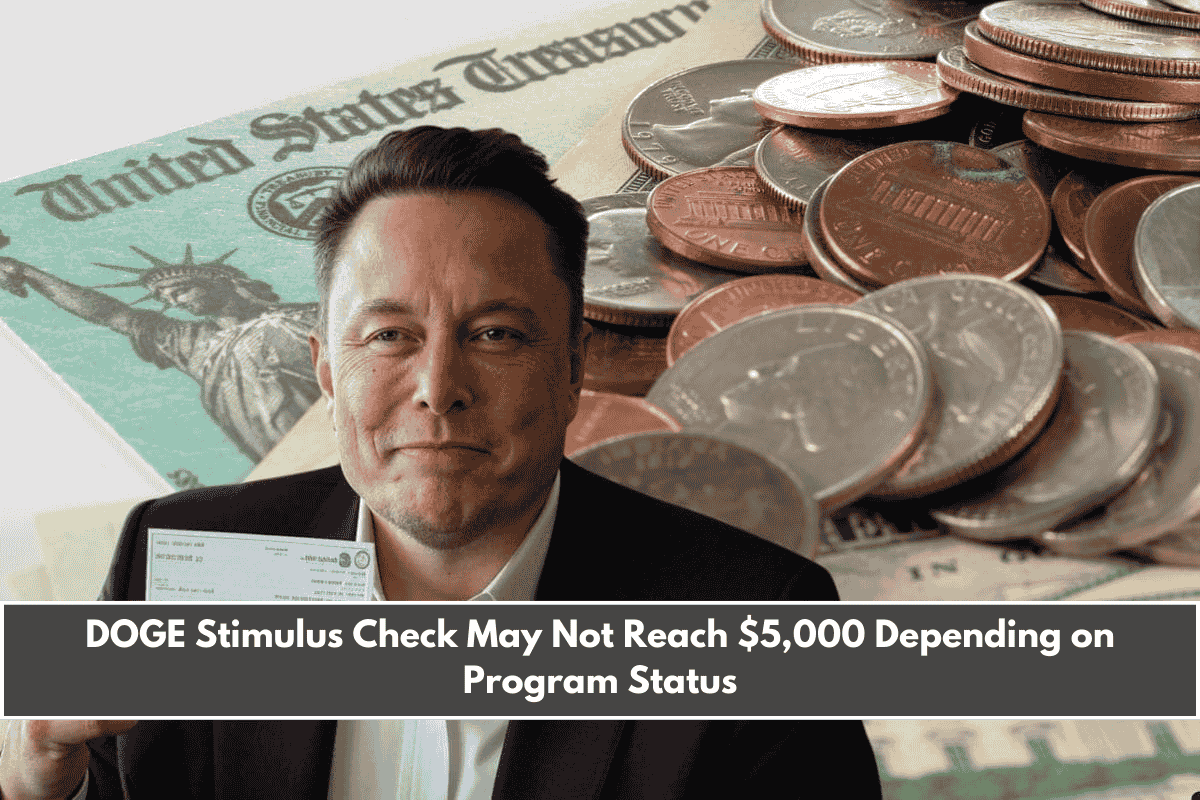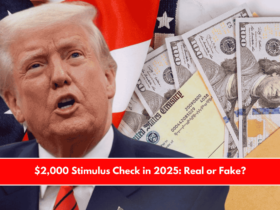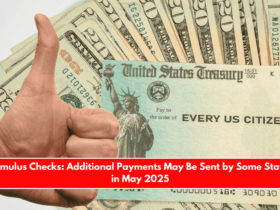A new stimulus check proposal, known as the DOGE Stimulus, is gaining attention in the United States. Backed by President Donald Trump and Elon Musk, this initiative is tied to reducing government spending through the Department of Government Efficiency (DOGE). However, despite the buzz, the final payment amount is still uncertain, and the program is far from guaranteed.
What Is the DOGE Stimulus Check?
The DOGE stimulus plan is designed to reward taxpayers by returning 20% of the savings made through government cost-cutting. According to James Fishback, CEO of Azoria Investment Firm and one of the plan’s main supporters, if the government saves $2 trillion over 18 months, eligible American households could receive up to $5,000 each.
However, this amount depends entirely on the savings actually achieved. The higher the savings, the bigger the checks. Here’s how the payment could change:
| Savings Achieved | Stimulus Check per Household |
|---|---|
| $2 Trillion | $5,000 |
| $1 Trillion | $2,500 |
| $500 Billion | $1,250 |
These numbers are early estimates and could still change based on future federal budgets and congressional decisions.
Why Is the Amount Uncertain?
Although the idea has strong political backing, especially from Trump and Musk, recent data shows that the government is still spending more, not less. According to the Congressional Budget Office (CBO):
- Federal spending increased by 7% in February 2025 (compared to February 2024)
- The national deficit grew by 5%
- The government has borrowed $1.1 trillion in just the first five months of the fiscal year
This means that the expected savings needed to fund the DOGE checks are not currently being achieved.
When Could the DOGE Stimulus Checks Arrive?
Even if the program is approved, the earliest expected timeline for the first payment is 2026. This is because:
- The plan must still get formal approval from Congress
- The actual savings need to be calculated and verified
- There is ongoing debate over whether any savings should instead be used to reduce the national debt
Some lawmakers, like Senator Ron Johnson, argue that balancing the federal budget should be the top priority, not sending money back to taxpayers.











Leave a Reply